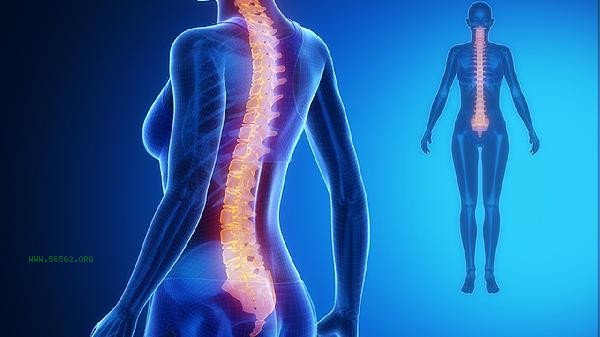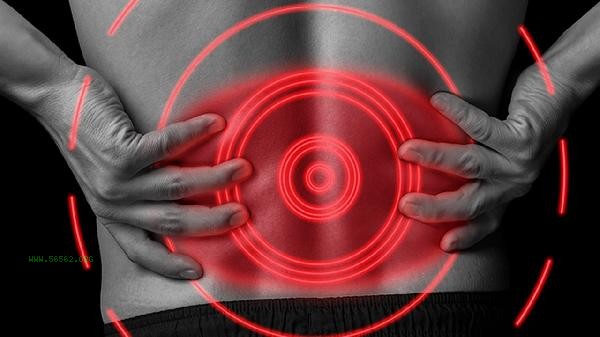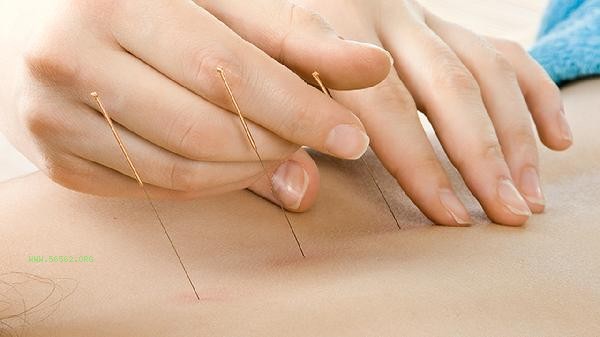The film behind the adhesive can usually be removed by heating to soften, slowly tearing off, dissolving with alcohol, peeling off with tools, or soaking in warm water. Corresponding methods should be used for backing films of different materials to avoid damaging the bonding surface or residual adhesive stains.

1. Heat softening
Use a low to medium level hot air blower to aim at the adhesive film and heat evenly for 10-15 seconds. The heat will reduce the viscosity of the adhesive layer. Suitable for most plastic film backing adhesives, pay attention to maintaining a distance of at least 10 centimeters between the hair dryer and the adhesive film to avoid carbonization caused by high temperatures. For precision items such as electronic product labels, it is recommended to test their heat resistance in inconspicuous places first.
2. Slowly tear off
and pull the adhesive film flat at a 45 degree angle from the edge, maintaining even force during the process. If encountering resistance, the edge of the adhesive film can be folded in reverse to generate stress fracture. This method is suitable for thicker PET release films, and residual adhesive stains can be wiped unidirectionally with an eraser to avoid scratching with metal tools.
3. Alcohol dissolution
Spray 75% medical alcohol onto a cotton pad to apply the adhesive film surface, let it stand for 1 minute, and the adhesive will gradually dissolve. Suitable for acrylic or oil-based adhesives, pay attention to ventilation and stay away from open flames during operation. For larger adhesive films, partitioning can be used to improve efficiency.

4. Tool peeling
Use a plastic scraper to wedge into the bottom layer of the adhesive film from the gap, and use a glue remover to assist in peeling. The nylon shovel in the professional adhesive removal tool kit can avoid scratching the surface of the substrate, and has a significant effect on handling smooth materials such as glass and metal. During operation, the tool should be kept at a 30 degree angle to the plane.
5. Soaking in Warm Water
Soak items with adhesive film in 60 ℃ warm water for 20 minutes. The penetration of water molecules will weaken the cohesion of the adhesive layer. Suitable for paper labels or cloth tape, wipe off moisture promptly after processing. If the adhesive film area is large, it can be combined with neutral detergent to reduce surface tension. When processing the backing film, the corresponding method should be selected according to the characteristics of the substrate. Different materials such as metal, wood, and plastic have significant differences in solvent tolerance. It is recommended to test in a concealed area before operation, and residual glue stains can be treated with citrus essential oils or specialized glue removers. When storing adhesive products in daily life, it is necessary to avoid high temperature and high humidity environments. Unused adhesive materials are recommended to be stored flat to prevent curling. For the removal of adhesive from precision instruments or valuable items, it is recommended to seek the assistance of professional personnel.









Comments (0)
Leave a Comment
No comments yet
Be the first to share your thoughts!